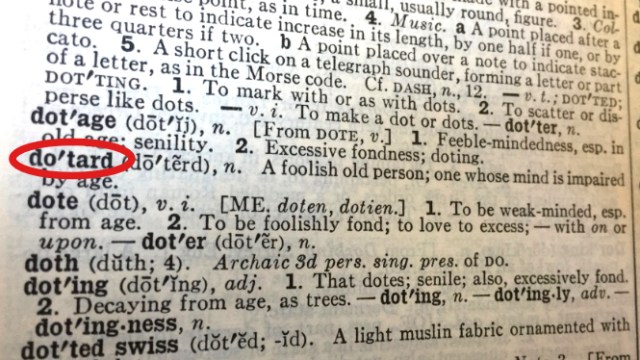Do you see what I see?

Human beings have been staring at the stars for countless generations. They have looked at the same stars—but have they seen the same thing?
One set of people may have seen holes in the canopy of night. Another may have seen celestial beings. Another saw constellations like Aquarius and Cassiopeia. Another saw an entirely different set of constellations. Today we see planets and stars. With the same sense perceptions, different groups see different things.
Call it the problem of perception. To what degree are our perceptions forced upon us from without, and we simply receive them? Locke called this the tabula rasa, the blank slate—but the concept is much older than Locke. It’s found in Aristotle, and in the Stoics. Diogenes Laërtius summarizes the view that perception is “an impression produced upon the mind,” like “impressions on wax made by a seal.”
Or, to what degree is the mind cooperating in its own perceptions, giving them shape and meaning before, or even as, they are perceived? Kant is associated with the view that sense perceptions are always pre-sorted, pre-shaped, even pre-interpreted according to categories already resident in our mind.
These are important questions—in science, in religion, in politics, in practically every area of human inquiry and endeavor. Why can different people look at the same phenomena but see wildly different things?
Clearing up the garble
It turns out, scientists working today may be on the verge of solving an age-old question about humans and how they interact with the world. Anil Seth, a neuroscientist at the University of Sussex, and Andy Clark, a philosopher at the University of Edinburgh, addressed the topic at June’s Human Mind Conference in England.
Take the following test. First, listen to this garbled audio file of a woman speaking:
https://orbitermag.com/wp-content/uploads/2017/09/garbled_voice.mp3
Now listen to the original, “clean” version:
https://orbitermag.com/wp-content/uploads/2017/09/clear_voice.mp3
Now listen again to the garbled version:
https://orbitermag.com/wp-content/uploads/2017/09/garbled_voice.mp3
You likely completely understood the garbled version the second time around, even though it’s exactly the same audio as your first listen.
On the second time around, you listened to the same garbled audio. But you heard something different. Your mind sorted out the “noise” and isolated the most important information because you already knew what to expect.
Seth and Clark dispute what they call the “naïve view” of perception. In this view, we receive sensory data, and these serve as the fundamental building blocks of our view of the world. We assemble the sensory data into objects, assemble objects into patterns, and form beliefs and opinions and interpretations. Perception acts upon the mind, and whatever our expectations, they can be fully overthrown by the sensory information pouring in from the outside.
This, again, is termed the “naïve view.” But Seth and Clark argue that perception happens as much from the “inside out” as the “outside in.” They call this a “predictive processing” model. Human beings are inclined to organize their perceptions according to their expectations. As Seth explains, when we attempt to “figure out what’s out there in the world,” we’re “faced with a problem.” The brain receives “ambiguous and noisy sensory signals, which are only indirectly related to things in the world.” As Kant might say, we never experience things in themselves. We only experience our perceptions of things. And we have to sort out a lot of noise. Thus, Seth argues, “perception has to be a process of best-guessing or inference.”
“The idea,” adds Clark, “is that you’ve got an inner organization that has the resources somehow to construct through itself a kind of version of the incoming sensory information from the top down.” In the process of perception, he says, we are “trying to construct the sensory information at the same time as the sensory information is coming in.”
Hearing Bing in the static
An article of their work, by Ari Schulman at Big Questions Online, notes a fascinating experiment in which pure audio static was played for research subjects, who were told—falsely—that the clip might contain a distorted fragment of Bing Crosby singing “White Christmas.” Many of the subjects reported hearing it. In other words, they structured pure noise according to what they expected or hoped to hear.
It makes sense of those humans staring at the sky over the generations. It makes sense of scientific paradigms that endured far longer than the evidence justified. It makes sense of religious experiences, and political viewpoints that fly in the face of the evidence. Our expectations shape our perceptions. The data is pre-interpreted according to what we already believe.
The researchers like to refer to perception as a sort of low-grade hallucination. The mind, writes Schulman, “uses its existing beliefs to tinker with our senses.” We inject our own beliefs and expectations into the perceptual process. (See Seth’s TED Talk, “Your brain hallucinates your conscious reality.”)
If our minds are full collaborators in the perception process, not just receiving sensory data but actively organizing it according to preconceived categories, then the difference between perception and hallucination may be a difference of degree and not of kind.
So, do you see what I see? Probably not. It’s a matter of expectation.
The post Do You See What I See? appeared first on ORBITER.





